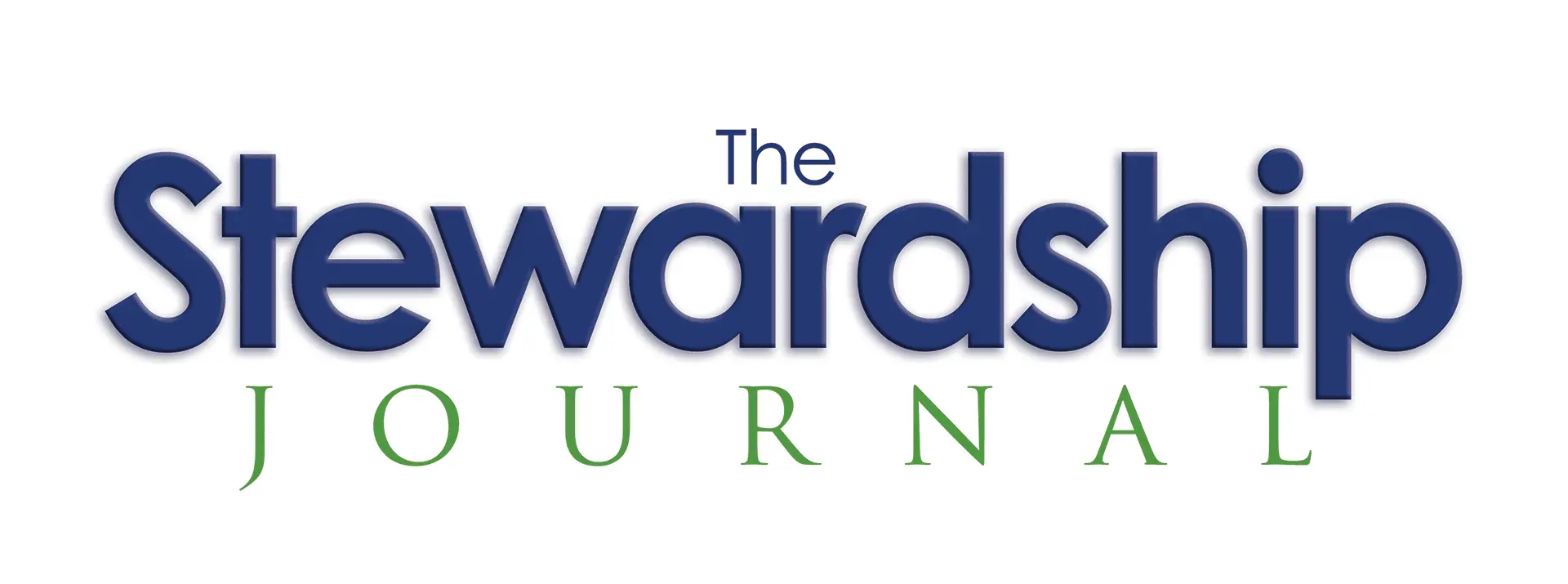Do you know the state of generosity at your church? In my last edition, I gave you the findings of a new Barna study, The Giving Landscape: Who Drives Generosity and Why. I ended by saying, “Knowing national giving trends is helpful. It gives you insight into what possible barriers and concerns you face with donors.” But the giving landscape you need to be most concerned about is your church’s landscape. How is your giving landscape?
You don’t need a George Barna study to discover your giving landscape because you have a Stewardship Coach, me! In this edition, entitled How to Assess Your Church’s Giving Landscape, I will show you the key markers you need to be aware of to accurately assess your giving landscape.
Let’s start with the easy and the obvious. What is your weekly offering need? If you don’t know, stop reading this and find out, and don’t come back until you know the answer. Welcome back. I believe that every person on staff needs to know this number. That number should be high on the prayer list of every leader in your church. Prayer it in!
After establishing what your base weekly need is, the next marker you need to know is how giving is matching up to your need. Basically, you are asking, “Are we ahead or behind budget.” Let’s call that the Ahead/Behind Marker. So, right now, do you know if you are ahead or behind?
The Comparison Marker comes next. Again, this one is obvious. You want to be comparing your present giving trends with your past trends. I look to compare how giving is compared to last year, last quarter, and last month. Week to week giving will vary due to varying pay periods of your members.
In other words, I am looking to see if giving is behind or ahead of where we were last year at the same time. How does our current yearly giving total compare to the same period of weeks from last year? Then I look at my last quarter compared to previous quarters and the same quarter as last year. I do the same with the months of the year.
Trends can be your friend. Wall Street has a saying that says, “The trend is your friend.” This means by that trends help you plan better and make better decisions. The same is true in your comparison. You are looking not just to see if you are ahead or behind from previous years, quarters, etc. You are looking to learn what the tides of giving are for your church.
For instance, you know that summer is a tougher giving time than November. Knowing your trends helps you better prepare for your spending. The above is the week-to-week numbers you need to have your eye on. Those are your immediate concern. Yet, you must look a bit deeper. Let’s talk about…
Dollar Markers versus Donor Markers – If you are focused only on comparing the dollars of giving without comparing the donors that are giving you those dollars, you could be headed for disaster. The following are some of the major donor markers I would be looking at and comparing with previous years.
New Donors – You need to know immediately when someone gives to your church for the first time. You MUST have a first-time giving plan for responding to those donors. Why? You want to develop them into consistent givers.
Churn Rate – How many givers did you lose from the last year, and how many did you gain? A typical healthy church will see around a 15% to 20% loss of donors each year. We call that the Churn Rate. Every church has a back door. You want to know that new givers are being added to offset the loss you will experience every year. You also want to find ways to make sure that current donors do not become lapsed donors.
The key to staying fully funded is first to minimize your losses while gaining new donors. You minimize your losses by working first to ensure that members get connected within your church. Multiple studies have shown that if people get involved in some aspect of your church, they will tend to stay at your church longer. The recent Barna study found that 45% of Practicing Christians, defined as attending church at least once a month, are comfortable calling themselves generous.1.
50% Line – What percent of your donors give 50% of all that is given? In my over twenty years of financial analysis of hundreds of churches, I have found that, on average, around 15% of a church’s donor base gives 50% of all that is given. This number will be key to whether you are fully funded this year or not. Also, in any potential capital campaign, this group will give as much as 90% of the total given. You want to make sure this group stays highly engaged and connected with the vision driving your mission and ministry! See the Bonus Section on ideas and recommendations on how to keep these donors engaged in your church.
Here is an example of various churches I work with and their 50% line.
| Church Budget | 50% | # of 50% | Wkly Avg | |
| Church A | $462K | 17% | 18 | $83 |
| Church B | $740 | 15% | 39 | $56 |
| Church C | $2.7M | 13% | 100 | $68 |
| Church D | $19M | 7% | 190 | $136 |
The above illustrates that the few give the majority of what is given. A wise pastor cultivates this group.
Over/Under – Here, you want to know what percent of your giving comes from those over 50 years of age and what comes from those under 50 years of age. Our donor base is aging and knowing your Over/Under split shows you the work ahead to fill the void of your top donors retiring or passing on to Heaven.
These are some of the top markers that I look at when I am determining the health of a congregation. Some of the above are easy to track, and other markers are harder. The point is to know your numbers.
Why is this important? It keeps you from making mistakes in budgeting and in spending. One of the classic reasons why people give to any organization is they believe in the fiscal responsibility of how that institution handles money. The better you know your numbers, the better you manage your finances. Knowing your numbers ultimately results in helping you create a culture of generosity that will lead to an increase in giving and givers!
“It takes three years to bring a new donor up to speed with your regular donors.” George Barna made that comment years ago at a conference I attended. So, your weekly offering might attract a new donor, but it takes time to cultivate that donor into a consistent giver. In the meantime, you need a strategy to keep giving strong. The easiest way to accomplish this is by retaining existing donors. Donor retention will be a constant challenge for churches.
Here is one key takeaway I have learned.
It’s not enough to simply know your giving landscape. You need to know what that means and what you need to do. That’s why you need a coach. I happen to know of a good one! He is…

Mark Brooks – The Stewardship Coach
mark@acts17generosity.com
There will not be a Stewardship Coach next Monday as I will be taking Labor Day off.
1. https://shop.barna.com/products/the-state-of-generosity-series-the-giving-landscape

